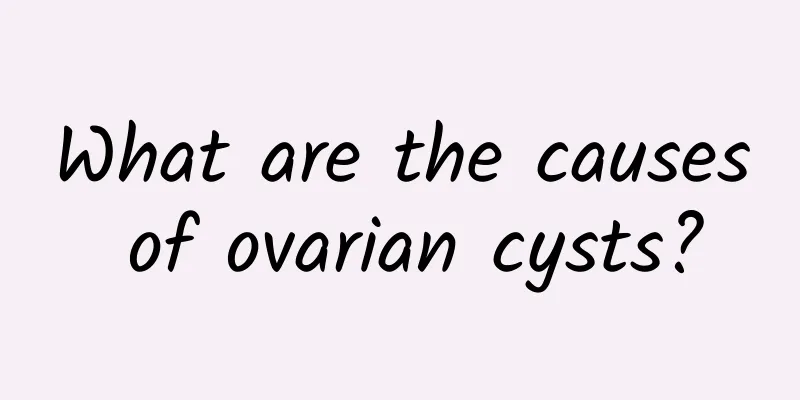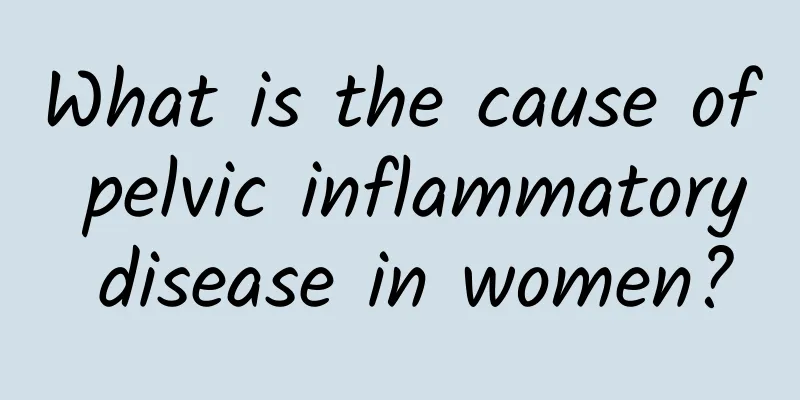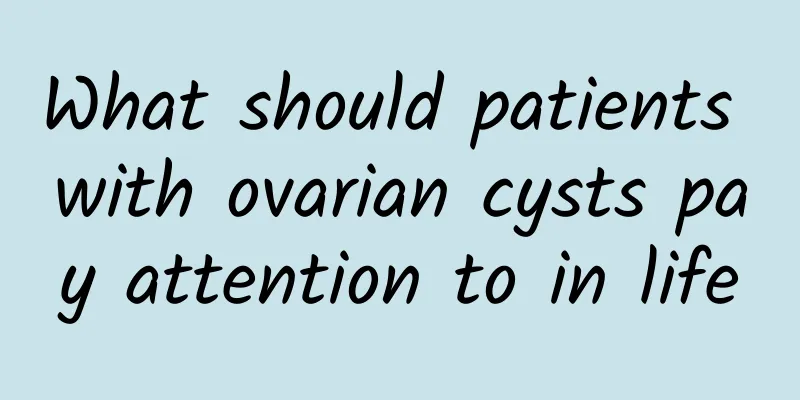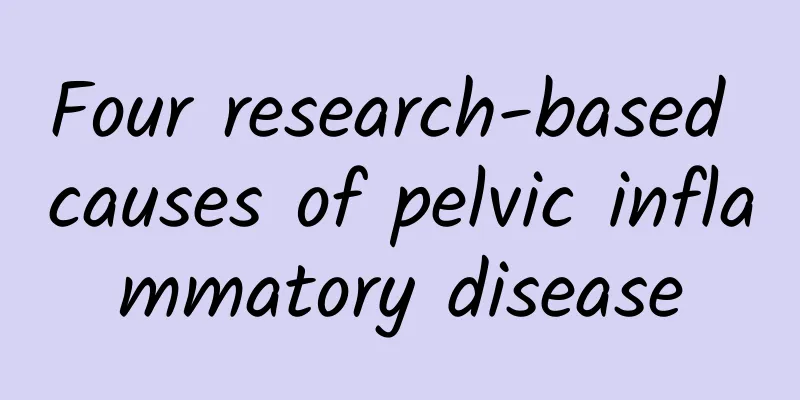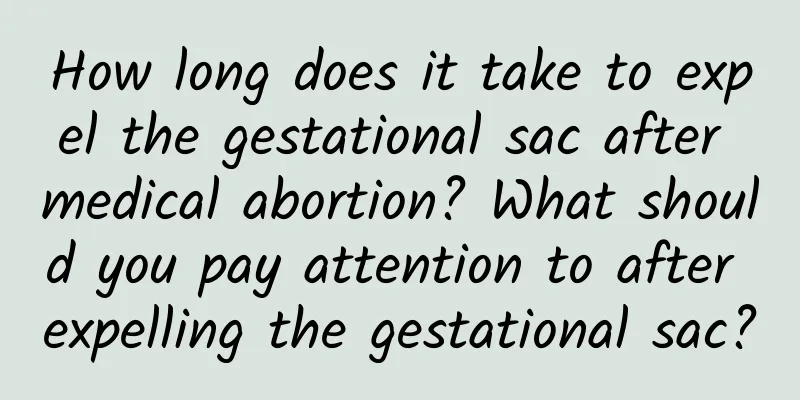What causes uterine fibroid pain? What to do if uterine fibroid pain
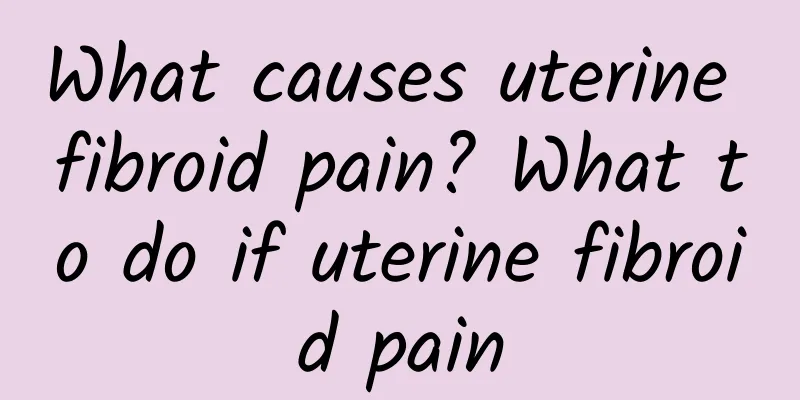
|
What causes uterine fibroid pain? What to do if uterine fibroid pain Uterine fibroids are a common gynecological disease that is caused by the proliferation of smooth muscle cells in the uterine wall. Although uterine fibroids are usually benign, they may cause some discomfort, including pain. Uterine fibroid pain is usually caused by a mass. These masses grow in the uterine wall or uterine cavity and may put pressure on surrounding organs or interfere with uterine contractions. These conditions may cause a painful sensation. In addition, some uterine tumors may distort the structure of the uterus or pelvic cavity, further causing pain. In addition to the lump itself, changes in hormone levels may also affect how painful uterine fibroids feel. Estrogen plays an important role in the growth of uterine fibroids. When estrogen levels rise, the lump may increase in size, causing more pain. During menstruation, estrogen levels drop and pain may decrease. Therefore, some women may feel more pain during or before their period. Symptoms of uterine fibroid pain can vary from woman to woman. Some women may experience only mild discomfort, while others may feel severe abdominal pain. Sometimes, the pain may radiate to the lower abdomen, waist, or pelvis. In some cases, the pain may also cause changes in the menstrual cycle or worsen other symptoms, such as pelvic pressure, frequent urination, constipation, etc. So how to deal with uterine fibroid pain? Women are advised to have regular gynecological examinations to detect uterine fibroids early. Although most uterine fibroids are benign, those with severe symptoms or those that affect their quality of life may need treatment. There are many ways to treat uterine fibroids, including conservative treatment and surgical treatment. Conservative treatment can include medication, such as hormone drugs to regulate hormone levels and control the growth of the mass. Analgesics can also help relieve pain. However, these methods can only temporarily relieve symptoms and cannot cure the mass. For those with more severe symptoms or larger tumors, surgery may be necessary. Surgery can be done to remove the tumor (myomectomy) or to remove the entire uterus (hysterectomy). Surgery usually requires a period of recovery and may affect fertility. Therefore, before deciding whether to have surgery, patients should have a detailed discussion with their doctor to weigh the pros and cons. The pain of uterine fibroids is usually caused by the growth of the mass and changes in hormone levels. The degree of pain and symptoms vary from person to person. Although uterine fibroids are usually benign, those with severe symptoms may need treatment. Both conservative treatment and surgical treatment are possible, but the choice of treatment needs to be determined based on the patient's specific situation and needs. |
Recommend
Is premature ovarian failure hereditary?
Is premature ovarian failure hereditary? This is ...
Experts briefly analyze the symptoms and characteristics of multiple uterine fibroids
Multiple uterine fibroids are a gynecological dis...
How to diagnose adnexitis and what tests are needed?
How to diagnose adnexitis and what tests are need...
Lose weight without starving! 9 Low-Calorie Foods to Eat Easily
Who says you have to starve to lose weight? The f...
Women should know the diagnosis method of cervical hypertrophy
Women should pay more attention to the disease of...
Dysmenorrhea treatment should pay attention to keeping warm
Dysmenorrhea is a very common menstrual disease i...
Can skipping breakfast help you lose weight? Famous weight loss doctor: Adding eggs to breakfast is good for weight loss
Chinese people often have the wrong myth that &qu...
What to eat to cure uterine fibroids quickly? What to eat to cure uterine fibroids quickly?
Uterine fibroids are a common benign disease in w...
The most common clinical manifestation of uterine fibroids is menstrual changes in women.
I believe that many women would like to know the ...
Worried about the high sodium content in the sauce for your Mid-Autumn barbecue? Nutritionists teach you 6 principles for making homemade sauces, healthy and hassle-free
During the Mid-Autumn Festival, barbecue becomes ...
How much do you know about the dangers of pelvic inflammatory disease?
Pelvic inflammatory disease is one of the common ...
What is an ovarian cyst?
What does the encyclopedia say about ovarian cyst...
Possible causes of uterine fibroids
Many women are asking: "What are the causes ...
What causes uterine fibroid pain? What to do if uterine fibroid pain
What causes uterine fibroid pain? What to do if u...
Consequences of ovarian cyst rupture
Consequences of ovarian cyst rupture: Ovarian cys...
